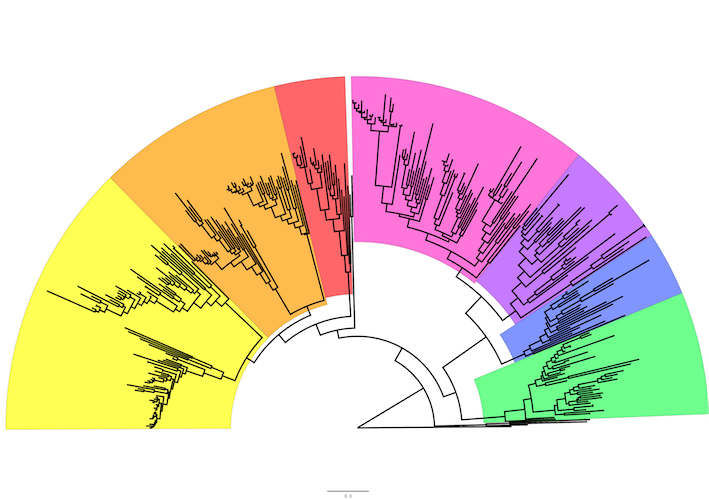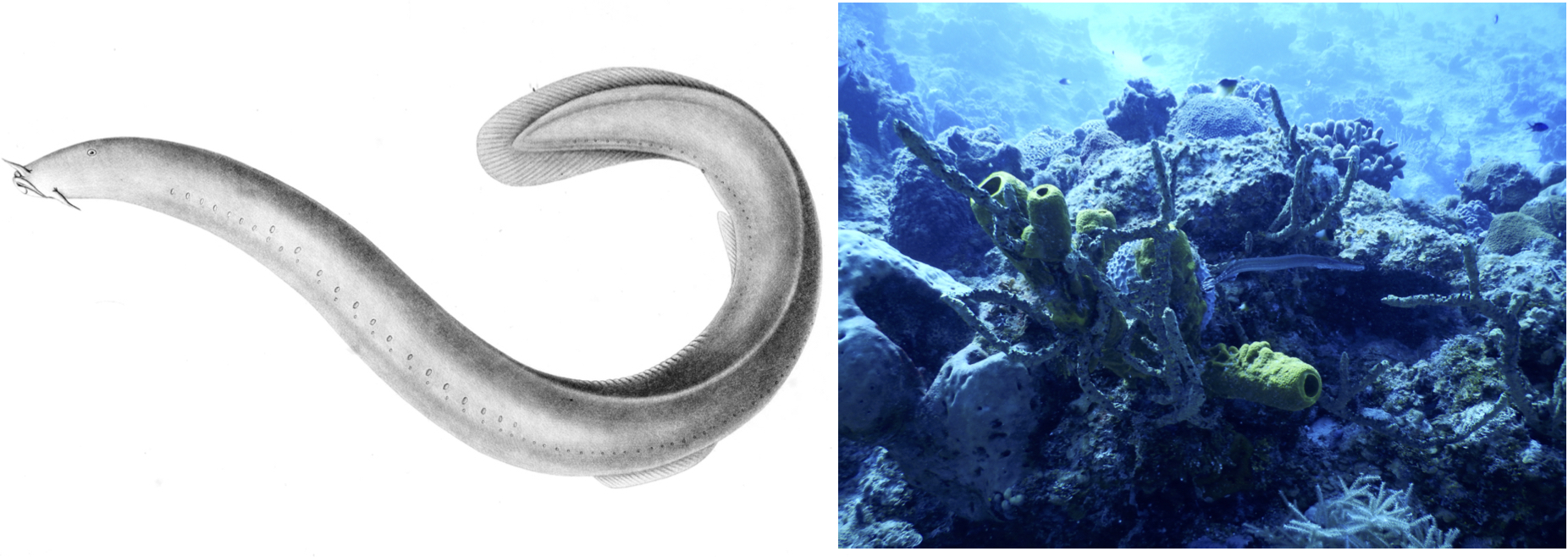The Origins and Evolution of Animal Sesnes

The fossil record provides important clues on the timing of origins of novel sensory repertoires in animals. In fact, the origins of specialized senses might have been an important factor that precipitated the evolution of complex ecological interactions in late Neoproterozoic seas; an event that may have lit the fuse for the explosive diversification of animals. Phylogenomic analyses of sequenced genomes provides a needed complement to insights gained from the fossil record on the sensory biology of our extinct animal ancestors. Our current focus is to trace the known sensory gene families to their origins using time-calibrated phylogenetic analyses. These results provide important correlates with the fossil record and highlight key transitions in the evolutionary history of the senses. Our phylogenomic analyses also provide a starting point to understand the cell biology and physiology of sensation in non-bilaterian animals. .
Phylogenomics and the origins of animal complexity

With the availability of genomic resources for virtually any taxon, the possibility of resolving recalcitrant nodes in the animal tree of life has greatly improved. We have developed protocols and tools for the production and analyses of large phylogenomic data matrices that have proven useful in resolving various issues in animal phylogeny. These approaches are essential if we are to understand what contributes phylogenetic signal in large, genome-scale datasets. Understanding the structure of the animal Tree of Life is also essential for understanding how genome evolution drives the origins and losses of traits. We are developing new approaches using stochastic probabilistic models for understanding the dynamics of gene family evolution across the animal radiation. These analyses identify dynamic patterns of gene family evolution that individuate the major lineages of animals.
Collaborations

We also engage in several collaborative projects that investigate how novel physiological and cellular traits evolve. Current collaborative projects include The Phylogenetic History of Symbiosis in Sponges and The Biogenesis and Evolutionary Origins of Hagfish Slime Glands. While these collaborations involve fundamentally different systems, they produce important methodological and conceptual synergies that have enhanced other work being conducted in the lab. They are also super fun!